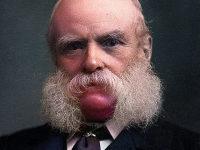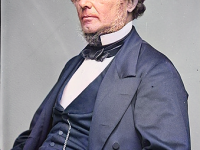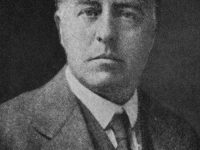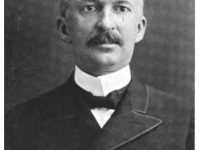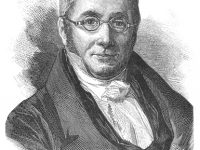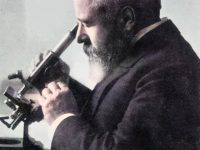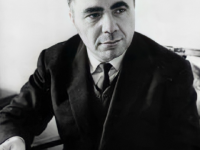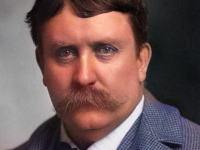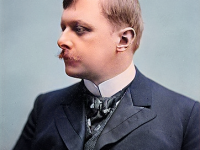Sir Andrew Noble and the Science of Ballistics
On September 13, 1831, Scottish physicist Andrew Noble was born. Noble was a gunnery expert, known as a founder of the science of ballistics. He invented the chronoscope, a device for measuring very small time intervals, and used it to measure the velocity of shot in gun barrels. Andrew Noble – Early Years Born at Greenock, Andrew Noble was educated at Edinburgh Academy and at the Royal Military Academy, Woolwich. He was commissioned in…
Read more











